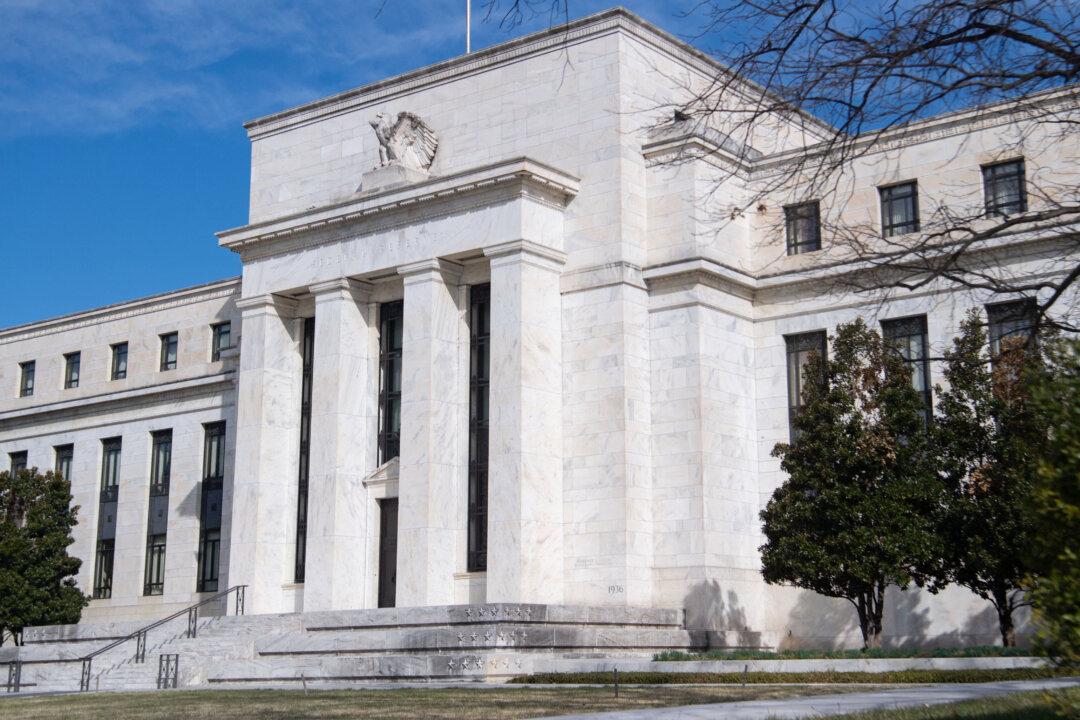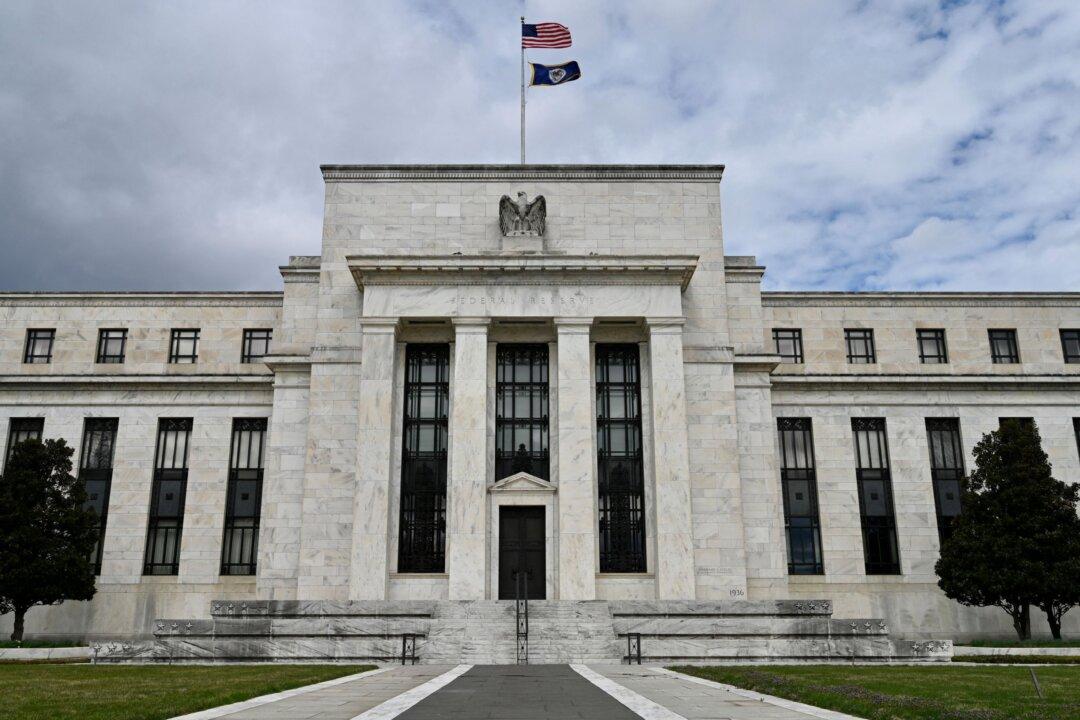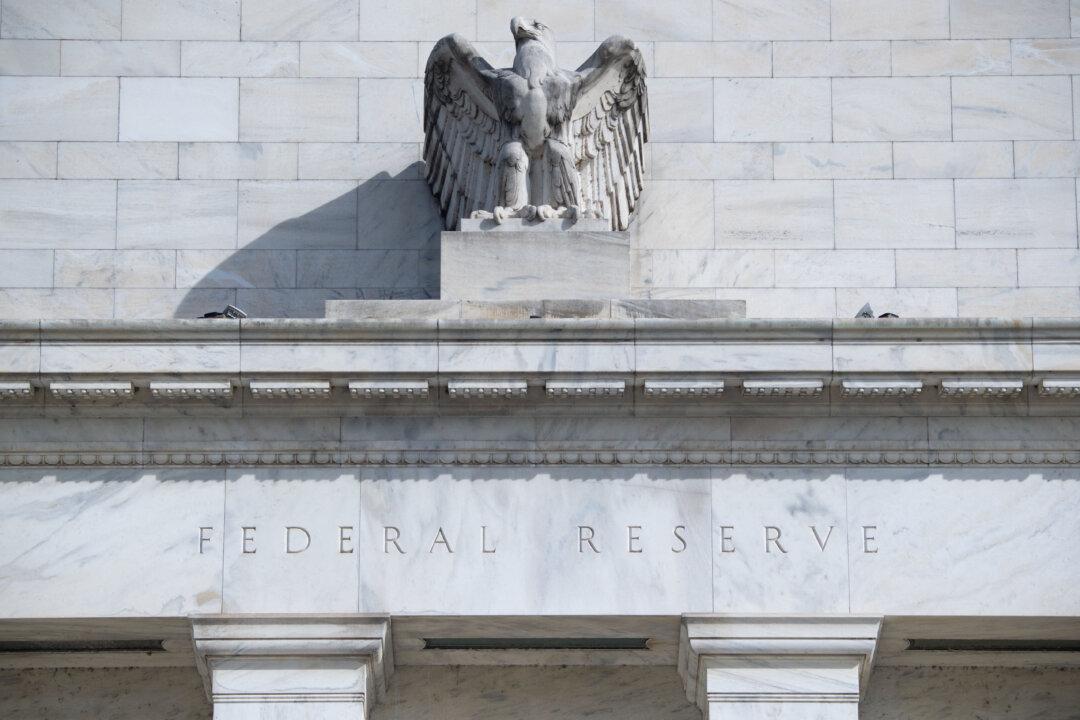Commentary
The most recent survey from the National Federation of Independent Business (NFIB) is sending a strong signal of an economic recession. In 2019, the NFIB survey, combined with an inverted yield curve, suggested an impending recession. In 2020, those signals became a reality.




